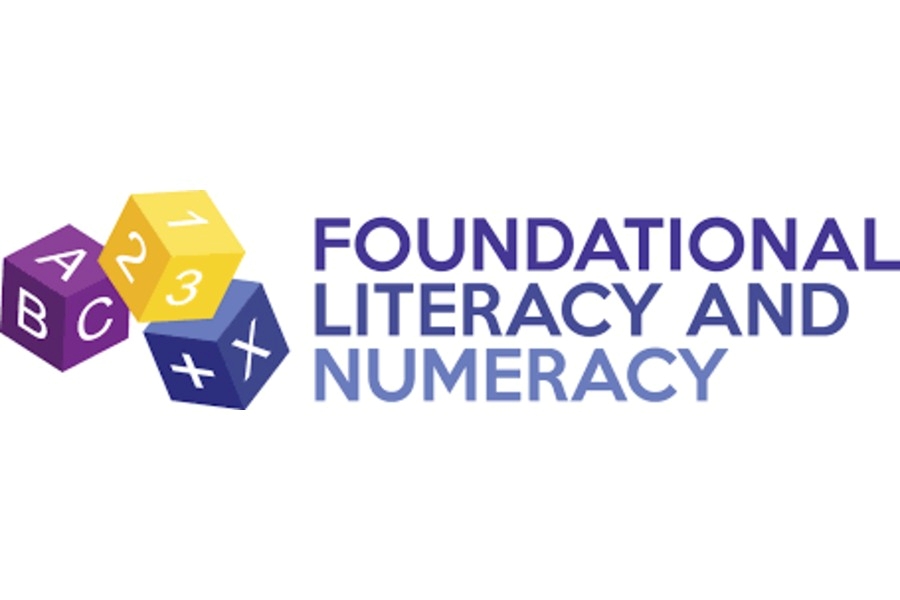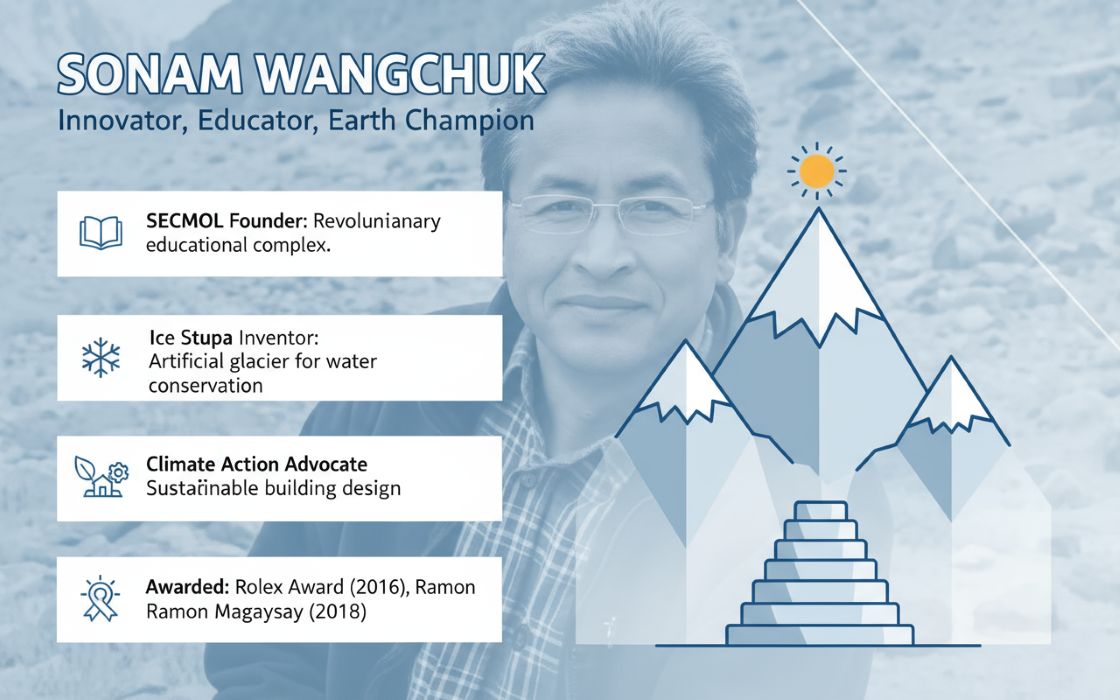The landscape of green building isn't just evolving; it's undergoing a profound transformation. With the twin pressures of a rapidly changing climate and an unwavering global demand for social equity, the established norms of sustainable architecture are being critically redefined. Enter LEED v5, the latest evolution from the U.S. Green Building Council - USGBC. This isn't just another incremental update; it's a strategic leap forward, poised to fundamentally reshape how we design, construct, and operate our spaces to meet the most pressing challenges of our time.
The built environment accounts for nearly 40% of global carbon emissions. As climate imperatives grow more urgent and societal expectations evolve, the standards guiding sustainable construction must adapt. For over two decades, the U.S. Green Building Council’s LEED: Leadership in Energy and Environmental Design program has been a global benchmark for sustainable design. Now, with the launch of LEED v5, this framework has undergone a significant overhaul, emphasizing decarbonization, social equity, resilience, and ecological restoration.
To gain deeper insights into this significant development, we had the privilege of speaking with Mr. P. GopalaKrishnan, Managing Director, Southeast Asia and Middle East, GBCI (Green Business Certification Inc.). In this conversation, he illuminates the details of LEED v5, discussing the thinking behind its development, and how this next-generation rating system is poised to influence not just buildings, but also communities and policy landscapes—especially in rapidly urbanizing markets like India. From insights into multi-stakeholder development processes to real-world pilot projects, this interview provides clarity on how LEED v5 aims to bridge global aspirations with local realities, setting updated standards for green, inclusive, and future-ready buildings.
Read the full interview below to learn more.
Q&A
Q. LEED has long been recognized as a global benchmark for green building. How has the journey of LEED evolved over the years to remain relevant in the face of shifting environmental and societal priorities
A. LEED has evolved as a more holistic and performance-driven global green rating program, reflecting shifts in environmental and societal priorities. This evolution has been driven by continuous interactions and feedback from industry experts and by incorporating this feedback as part of the regular updates to the rating program. Over time, LEED has expanded its scope from environmental efficiency to encompass health, resilience, equity, and regenerative strategies. Its ability to stay relevant lies in its collaborative and data-driven development process, and in ensuring that its framework continually addresses the challenges of the built environment across geographies and market needs.
Q. What are the most significant advancements introduced in LEED v5, and how do they reflect the growing urgency around climate change and social equity?
A. LEED v5 represents a significant advancement in green building practices by focusing on decarbonization, quality of life, and ecological conservation and restoration. It's a more comprehensive framework than previous versions, addressing pressing global concerns like climate change, equity, health, and resilience. By setting higher standards and incorporating new features, LEED v5 aims to drive the market towards low carbon, equitable, and resilient buildings.
Q. Could you elaborate on the multi-stakeholder consultation process and scientific inputs that informed the development of LEED v5?
A. USGBC always works closely with all its stakeholders, which include USGBC member organizations, industry stakeholders, partners, LEED professionals, and volunteers. We have a LEED Technical Committee comprising experts across industry segments who play a crucial role in ensuring the technical soundness of the LEED rating system. This committee serves as a technical advisory body, providing expertise and recommendations on various developmental aspects of the LEED rating program. Their collective input, supported by public comment periods and pilot testing, ensures the robustness and applicability of the system. A LEED v5 beta rating system was also released in Nov 2023, and followed by 2 sets of public comments that have since shaped the final version of LEED v5 which opened for registration as of 28th April 2025.
Q. In what ways does LEED v5 address decarbonization, energy resilience, and biodiversity conservation more comprehensively than its predecessors?
A. Earlier versions of LEED focused more on the general environmental performance of the built environment. LEED v5 emphasizes decarbonization, quality of life, and ecological conservation and restoration. It builds upon LEED v4 by strengthening the focus on carbon reduction across all aspects of the building lifecycle; expanding the scope of sustainable design to include social equity and occupant well-being; and promoting a more holistic approach to sustainability, encompassing ecological restoration and resilience. The LEED v5 rating system also provides clear, actionable steps to deliver ultra-low-carbon buildings by targeting emissions reductions across operations, embodied carbon, refrigerants, and transportation.
Q. With India experiencing rapid urbanization and increasing environmental stress, how does LEED v5 adapt to local challenges while maintaining global standards?
A. LEED v5 adapts to India's rapid urbanization and environmental challenges by incorporating regional priorities, focusing on local materials and construction practices, and promoting resilience to climate change. It also maintains global standards by setting a benchmark for sustainability and performance, ensuring buildings are environmentally responsible.
Q. Equity has emerged as a strong pillar in LEED v5. What tangible strategies or credit areas have been introduced to promote inclusivity in building design and operations?
A. LEED v5, with its strong focus on equity, introduces several strategies and credit areas to promote inclusivity. In building design and construction, credit categories include enhanced accessibility and universal design, community engagement, and social programming. In the existing building rating program, credit categories include cleaning operations and protections for cleaning personnel and rewarding the development of renewable energy projects that directly support underserved and frontline communities, including the transfer of energy rights ownership to the community.
Q. How can LEED v5 drive policy integration or influence urban development planning in emerging markets like India?
A. LEED, through its guidelines and framework, is promoting sustainable and high-performance built environments, which directly contribute to GHG emission reduction, resource conservation, and ultimately result in making cities and communities better places to work, live, and play. In India, many state governments have included LEED as part of their building byelaws and guidelines, thereby encouraging many developers and corporates to adopt LEED green building practices. To further incentivize green building projects, state governments are offering attractive benefits such as additional FAR, faster environmental clearances, and reduced property taxes. It will also aid India in its march towards a 2070 Net zero emissions target.
Q. Are there any early pilot projects or case studies showcasing the real-world application of LEED v5? What insights or learnings have emerged so far?
A. Yes, globally there are 50 projects that have been shortlisted as part of the LEED v5 pilot and are under various stages of certification reviews. To date, we have over 10 projects around the world that have achieved certification. In India, a few companies participated in the LEED v5 beta program. Once these pilot projects are certified, we will be showcasing the learnings through case studies.
Q. What kind of capacity-building initiatives or support systems will USGBC offer to help stakeholders implement LEED v5 effectively?
A. USGBC has planned multiple webinars to share a high-level overview of LEED v5 across the globe throughout the year. We have also planned in-person workshops in key regions, which will provide a deep-dive into the LEED v5 rating program.
Q. How does LEED v5 position USGBC’s mission in shaping the next generation of sustainable, inclusive, and future-ready buildings? What roadmap or vision does USGBC have for the future of green building globally?
A. USGBC’s mission is to transform buildings and communities to advance human and environmental wellbeing. Today’s LEED v5 is a continuation of that direction. LEED v5 isn't just about today’s buildings; it's about building a better future. It's a comprehensive framework designed to drive the market towards a near-zero carbon reality that is equitable, resilient, and promotes the wise, safe use of all resources. USGBC believes in continuous improvement and innovation. The roadmap for USGBC is to drive the built environment towards carbon positivity.

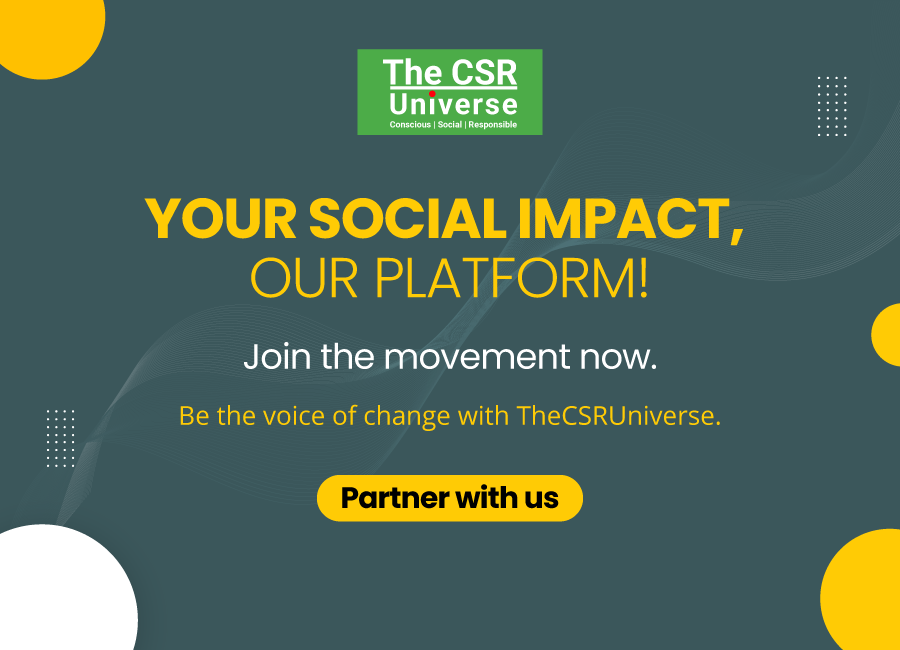

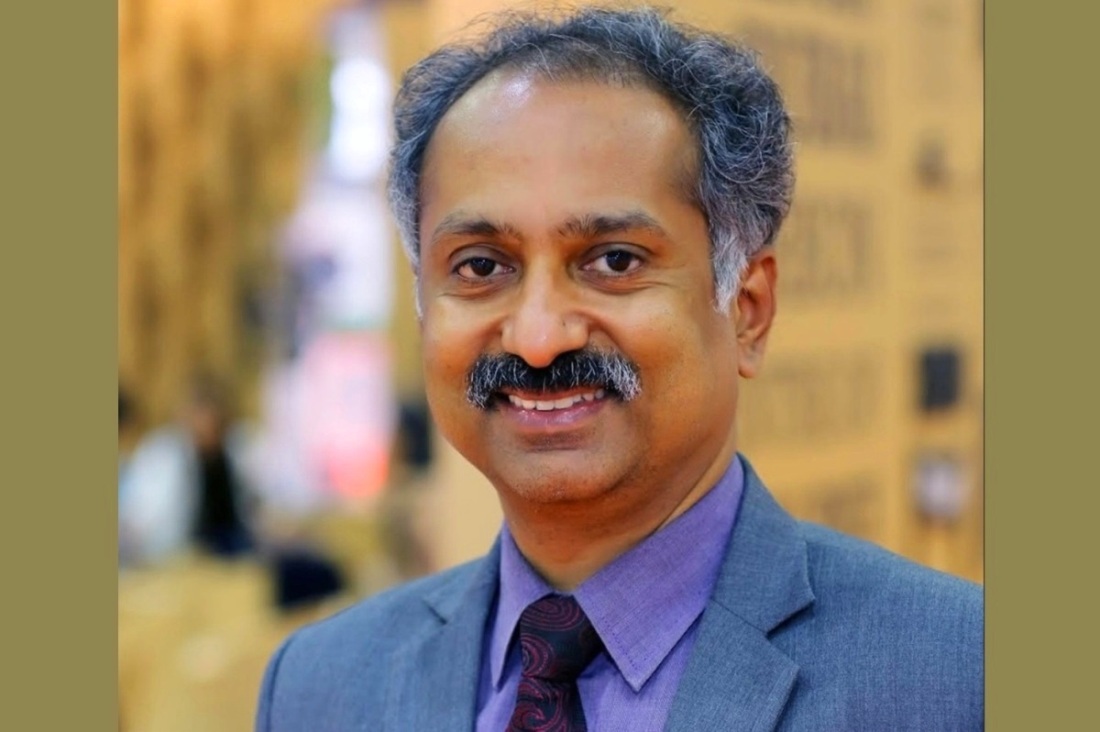
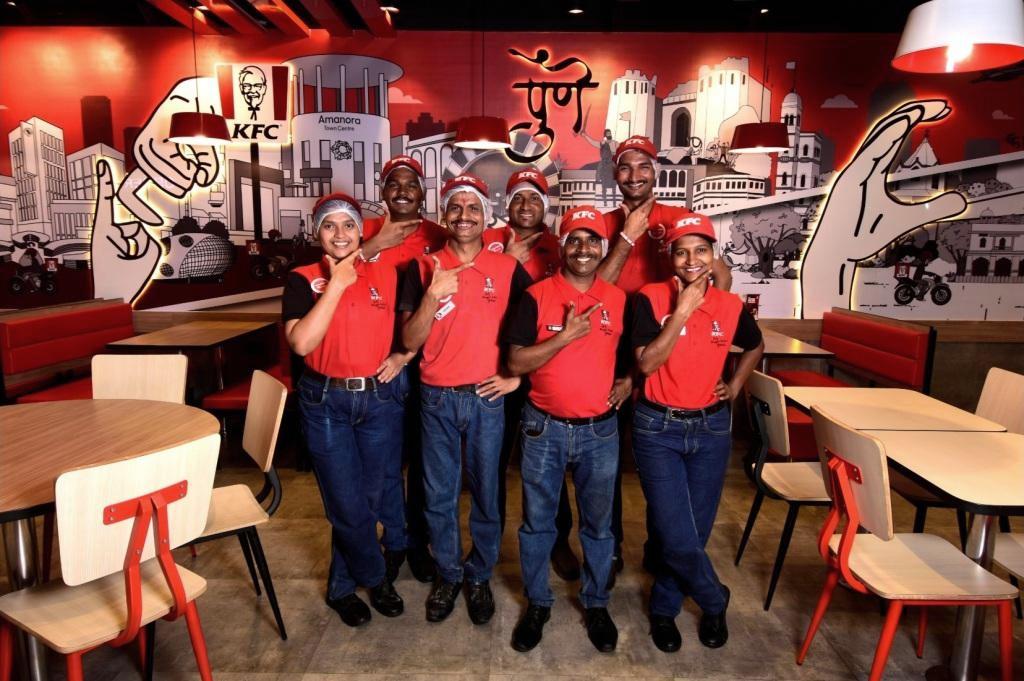

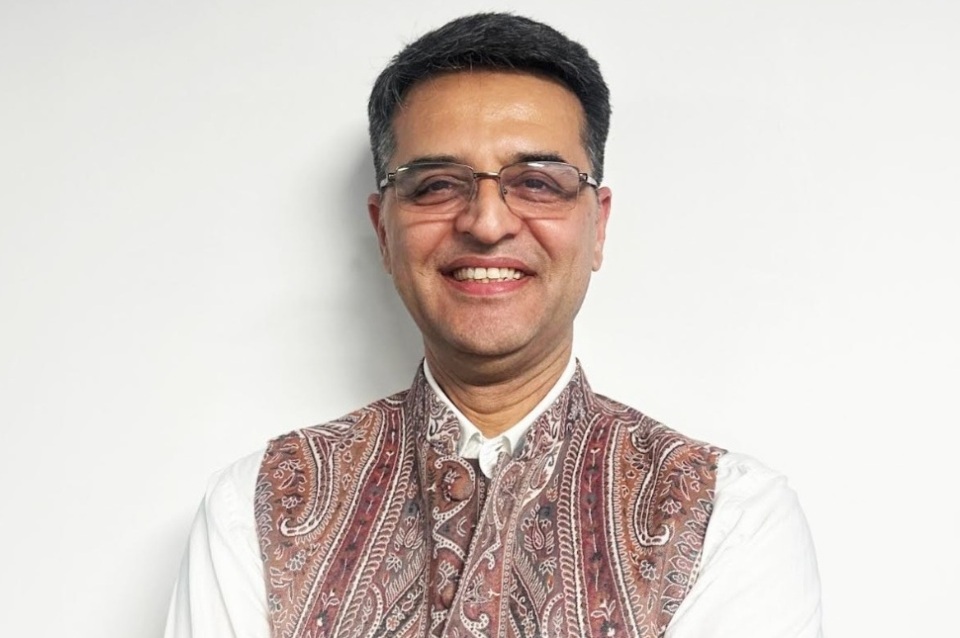
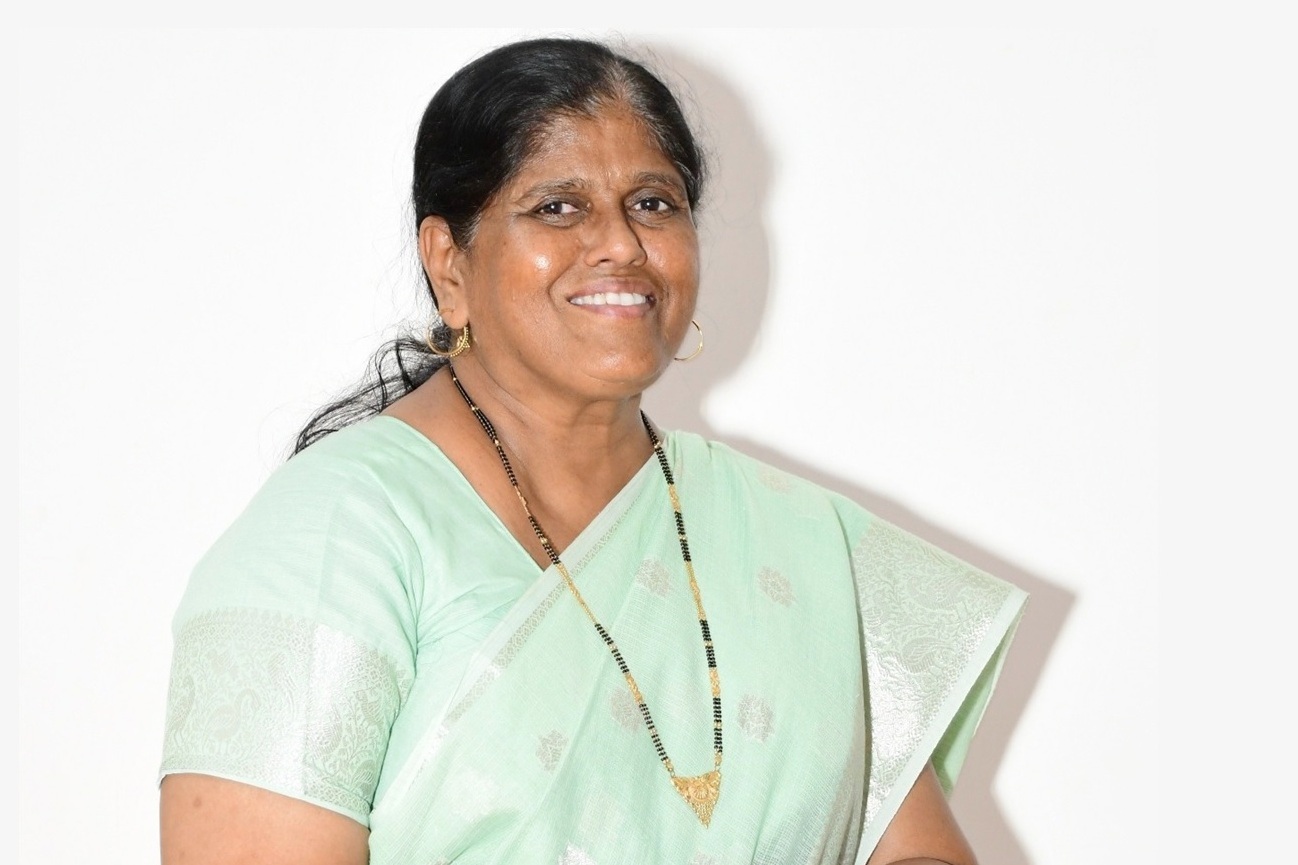
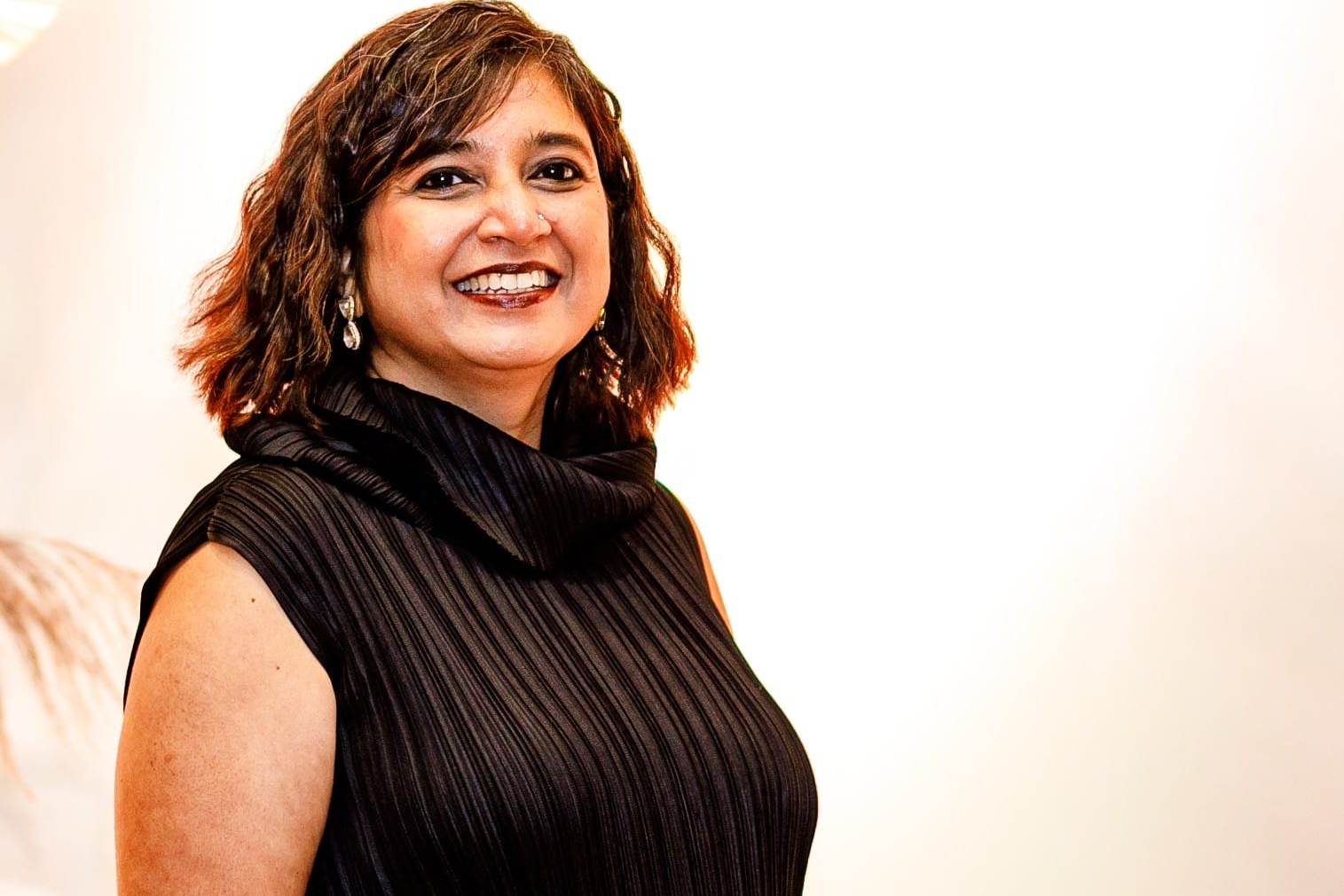

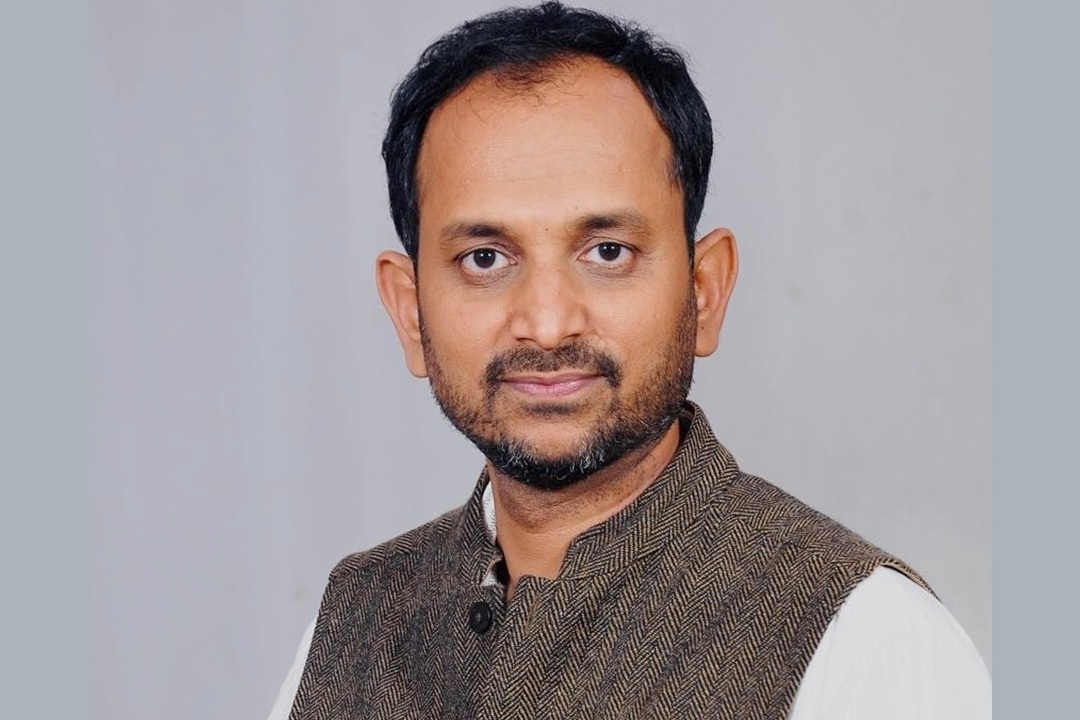
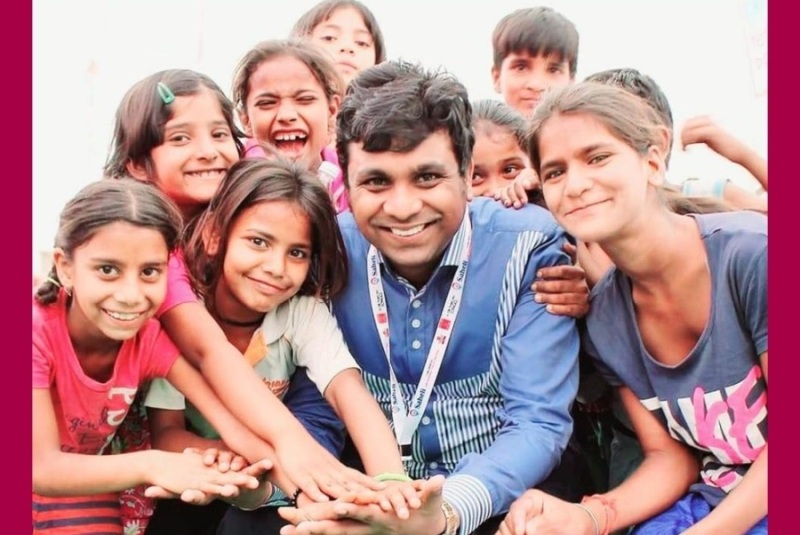
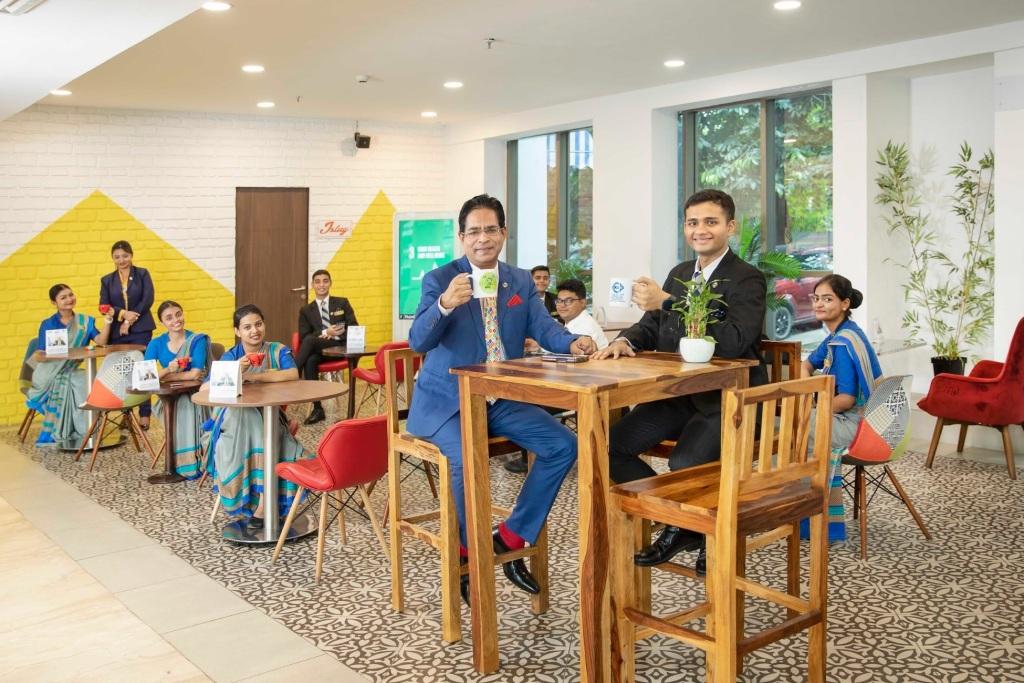
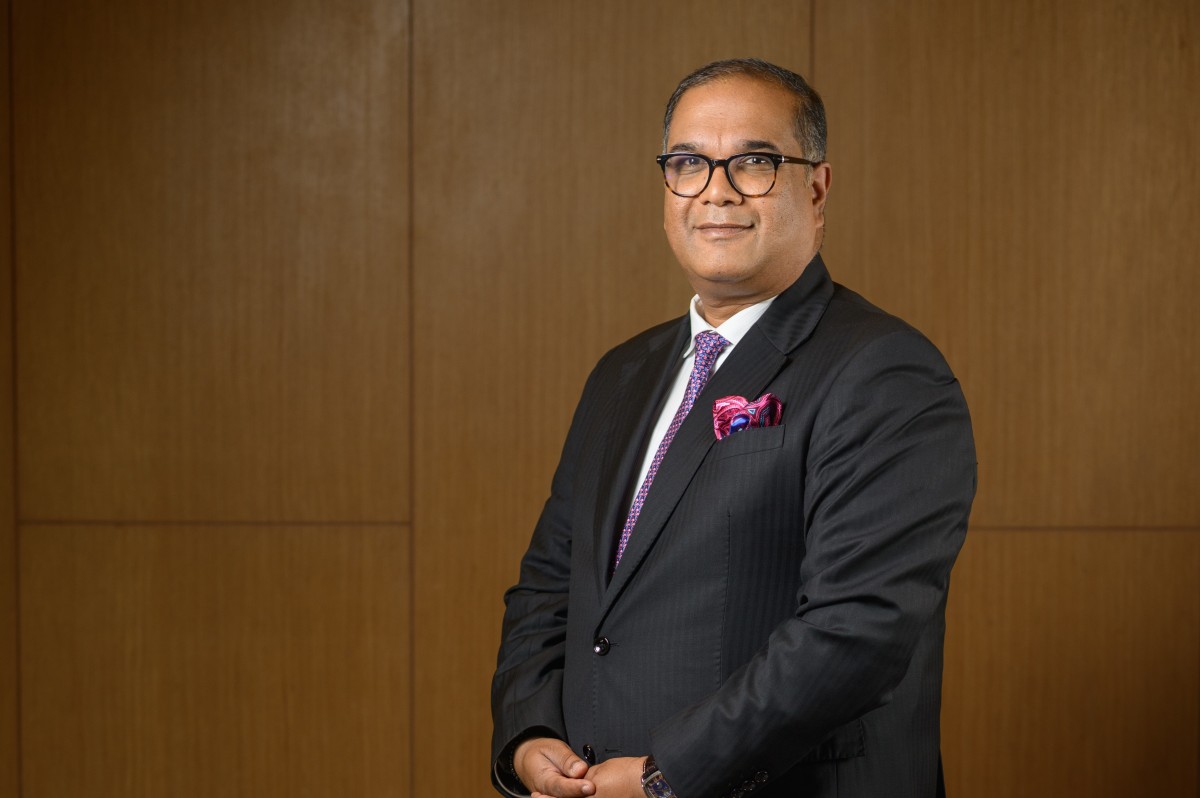
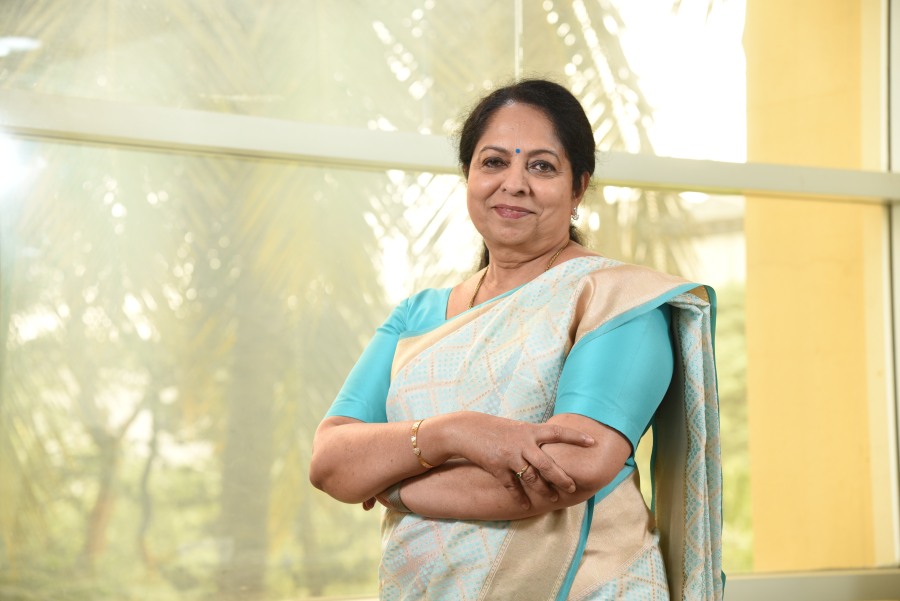
.jpg)
